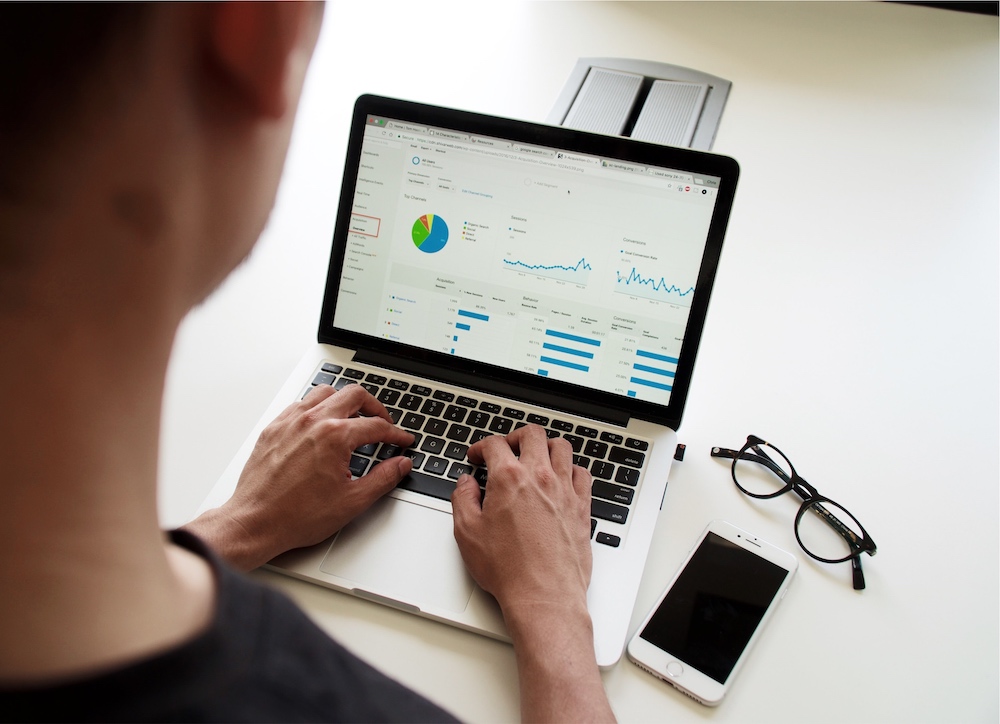What Does Debriefing Software Do?
Clinical simulation debriefing software is designed to help record learner actions during healthcare simulations for use in post-scenario debriefing. This software can help simulationists collect critical data points to reach desired learning outcomes. While meaningless information can create a challenge, targeted data collection can be used to help organizations visualize healthcare simulation’s overall impact on learning. This helps to promote further usage of healthcare simulation as a teaching methodology.
Imagine this: A simulationist is preparing to deliver a spectacular clinical simulation session to their learners. The simulationist gathers the learners in a room, and they start interacting with the patient, performing assessments, working as a team, and performing relevant interventions. The simulationist observes their interactions, takes notes, and observes some excellent learning opportunities. When the simulation ends, the instructor gathers learners at a round table to debrief and progress through some golden-opportunity learning points.
Then, as the simulationist asks questions about a particular action, a learner blurts, “That never happened!” Later on, they want to show how the patient’s vital signs trended throughout the scenario, but have forgotten the numbers. A few weeks later, administrators ask the simulationist to prove utilization among all cohorts, show data on learner improvement, and relate analytics on decision-making behaviors back to the curriculum committee. At this point, the simulationist is flustered with the paucity of information and suddenly realizes that they are in critical need of healthcare simulation debriefing software.
Sponsored Content:
The Why: Debriefing Software for Clinical Simulation
The simulationist may be thinking that using a debriefing software for all of the problems listed above couldn’t meet all the needs described. Yet, just like any resource in healthcare, clinical simulation software is as useful as the resource is thoughtfully planned and meaningfully implemented. The software can, in fact, be used to perform large-scale collection of simulation-specific information, present the information back for usage during debriefing, and to collate data at the cohort-level into actionable analytics. For this reason, healthcare simulation debriefing software is a must for any clinical simulationist looking to:
- Increase the impact of their experiences
- Maximize learning opportunities
- Help their organization visualize simulation’s importance
- Campaign for increased utilization
The What: Using Debriefing Software to Record Clinical Simulations
The most important element to any debriefing software is the ability to capture information related to the learner’s experience in clinical simulation. Any medical simulation instructor is familiar with the process of recording their observations on occurrences during a healthcare simulation scenario. The software itself is not meant to change this drastically, but rather to give the simulationist an augmented ability to record more than they could write down on paper.
Sponsored Content:
The debriefing software should allow the simulationist to capture comments / labels / annotations on learner actions, continuous changes in manikin status, a video recording of the clinical simulation from multiple angles, and tags of important moments in the clinical simulation timeline. Particularly powerful programs, like SimCapture from Laerdal, may also allow the simulationist to record feedback from medical devices and real-time EMR entries. To perform all of the above, the simulationist will need a solution that can connect to video cameras, popular manikins, common EHRs, and other simulation enablement softwares.
Now that the simulationist has the ability to capture lots of information during clinical simulations, they must decide how to use the software. This brings up the important point that more data is not always beneficial. This is a common misconception: just because data can be captured does not mean that all the data will be useful for learning. Additionally, too much information-capture can be a waste of time and effort, while making finding the most relevant information difficult. Thus, the healthcare simulationist must carefully plan the use of this software in order to collect targeted information directly related to specific learning objectives.
The What: Using Debriefing Software to Debrief Clinical Simulations
After the simulationist has chosen a clinical simulation debriefing software and made sure the resource is connected to their simulation environment, they are ready to deliver new-and-improved debriefing to learners. The debriefing software should provide the simulationist and their learners with clear visualizations of the observations, comments, and annotations they made during their recording of the medical simulation.
Additionally, the simulationist will want to be able to view the recording of the experience via instant playback, which may mean using a software that backs video / audio up to the cloud for access from any internet-connected device. This supports not just the immediate debriefing, but future ones as well. They should also be able to show many of these elements side by side so that the learners can see video, observations, and manikin input like vital signs simultaneously. EMS’ software is a good example of what this looks like in practice.
The What: Using Debriefing Software to Provide Analytic Insights
A powerful capability that healthcare simulation debriefing software offers is the ability to track occurrences in clinical simulations. The clinical simulationist can use this as an opportunity to record crucial information about learners’ behaviors and their relation to learning objectives and outcomes. Practically speaking, they may be looking at information like the amount of time the software takes for learners to achieve a desired behavior, feedback on technical skills, competence in documentation, time spent in simulation and debriefing, or many other highly-valuable data points.
As the simulationist tracks these variables over time, they can begin to collate reports to highlight and easily visualize cohort-wide gaps in learner knowledge. The data can also reflect the impact of clinical simulations, and offer potential feedback loops to other areas of didactic learning. Simulationists may also find that their debriefing software may provide assistance in identifying these data visualizations as well.
All these capabilities are possible with the thoughtful use of a competent simulation debriefing software. Such software can help to augment learning efforts and support clinical simulationists in becoming the analytically-competent professionals demanded by an increasingly data-driven healthcare system.
Learn More About Simulation Debriefing
Nathan Costiuc, MSN, APRN, FNP-BC, is a Nurse Practitioner and Healthcare Simulation Educator. He began his career delivering clinical simulation to nursing students, quickly realizing the industry’s potential to impact modern training for all healthcare professionals. In navigating better ways to deliver clinical simulation, Costiuc entered into the world of virtual reality, and now works as a Clinical Education Specialist for Oxford Medical Simulation. His passion is in using innovative methods and emerging technologies to reduce medical error, solve practical problems, and improve patient care. He also actively works with disabled veterans in the clinical setting.
Sponsored Content:


















